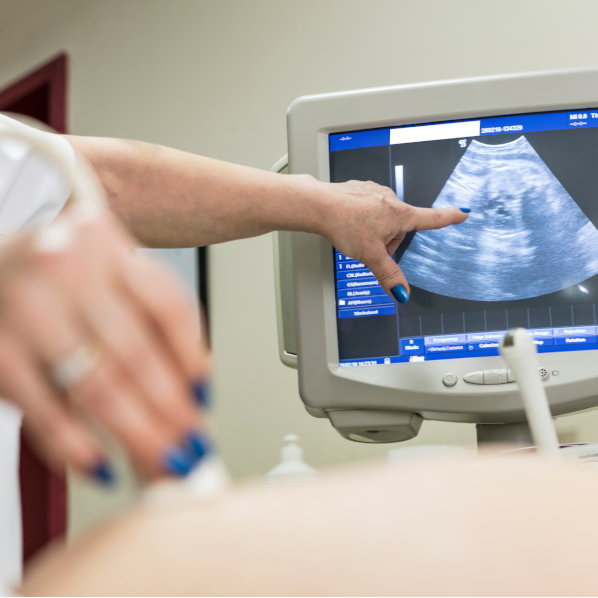The diagnosis of cystic fibrosis (or mucoviscidosis) is made based on the sweat test which measures the concentration of salt in sweat. A concentration above a certain threshold, i.e. 60 milliequivalents of chloride per liter will likely lead to a diagnosis. Chloride levels of less o equal to 40 milliequivalents (30 in the first months of life) exclude CF, although there are some rare exceptions. Intermediate or borderline range values are not conclusive, as they may include both healthy and affected individuals, and therefore require additional, genetic testing that is performed in specialized centers and is, if performed correctly, highly reliable. The sweat test is prescribed by the doctor who suspects the disease based on the symptoms (recurrent or persistent cough, repeated respiratory infections, diarrhea, poor growth, salt reduction etc.). In uncertain cases or with inconclusive sweat test results, the diagnosis is confirmed by genetic testing, which looks for mutations in the CFTR gene. Currently, however, genetic testing is performed at the time of diagnosis to identify gene mutations and this can be relevant for the prescription of new modulatory drugs. In addition, knowing the mutations helps identifying them in parents, also through genetic testing, which can help in screening for carriers among family members.
In Italy, the diagnosis of cystic fibrosis today is primarily based on newborn screening procedures for the disease, rather than on symptoms. The screening procedures are described below.

Currently performed in all Italian regions, newborn screening is mandatory and free for all newborns under laws 105/1992 and 548/1993. Within the first 48 to 72 hours of life, newborns undergo a test using a blood spot sample that measures immunoreactive trypsin (IRT). If the result is positive (IRT values above the normal threshold), a sweat test and genetic test are performed and, on the same drop of blood, the genetic test to check for cystic fibrosis gene mutations. Based on the sweat and genetic test result, a diagnosis of the disease can be made.
Newborn screening allows for an early diagnosis of the disease, enabling the timely start of monitoring and treatment programs that have significantly improved the lives of patients.
Some laboratories offer the possibility to assess the fetus’s health through a series of genetic tests to couples in the general population, even if they have no family history of particular genetic diseases and no reasons to suspect a specific illness. These tests are performed during pregnancy and consist of chorionic villus sampling and amniocentesis; among the genetic diseases for which the test is offered, there is also cystic fibrosis.
Chorionic villus sampling is performed by collecting a small sample of chorionic villus, cells from the membranes surrounding the fetus (fetal placenta). Genetic analysis for cystic fibrosis is carried out on these cells. The sample is taken at the 10th-11th week of pregnancy.
Amniocentesis involves collecting amniotic fluid, which surrounds the fetus and contains fetal cells, on which genetic analysis is carried out. It is performed in the 16th-18th week of pregnancy.
If the prenatal genetic test indicates the presence of the disease, a decision can be made in line with personal beliefs and circumstances: whether to continue or terminate the pregnancy.

Prenatal diagnosis for cystic fibrosis is recommended and provides a definitive result if both partners are confirmed carriers of mutations in the cystic fibrosis gene. A carrier couple has a high risk, 25% with each pregnancy, of having a child affected by the disease. For this reason, those couples considering having children and wanting to understand their risk may decide to take the carrier test for the mutated CFTR gene as a couple.
CAUSES AND TRANSMISSION
HEALTHY CARRIES
THE CFTR GENE
MANIFESTATION AND EVOLUTION
TREATMENT